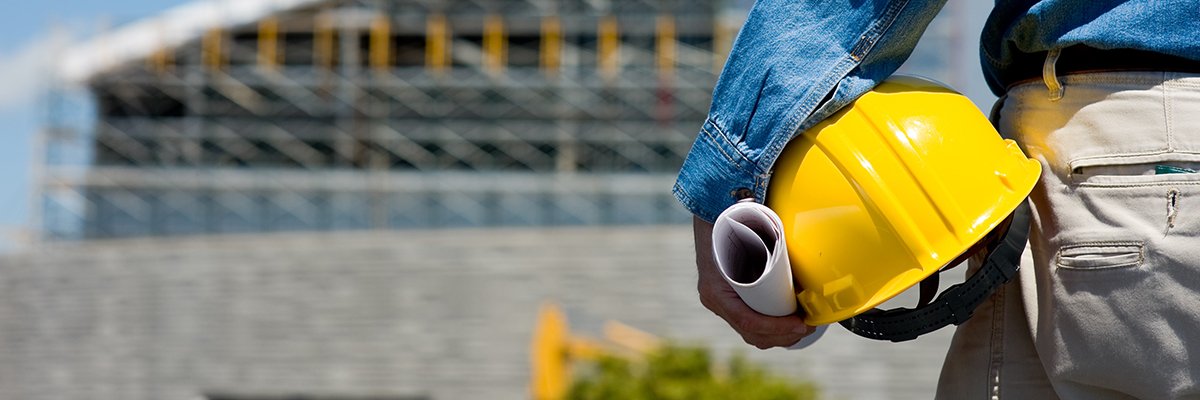Solder Reflow Profiling Play in Pcb Printed Circuit Board
Solder reflow profiling is one of the most critical processes for producing reliable PCBs, as it has a direct impact on the quality of the solder joints. A poorly designed profile can result in a variety of defects, including bridging, tombstoning, and beading. These defects can compromise the performance and reliability of the assembled electronics. Fortunately, a well-designed temperature profile can minimize the potential for these issues and ensure high-quality solder joints.
The reflow process is comprised of several different stages, including preheat, soak, reflow, and controlled cooling. Each stage has a specific purpose and plays a role in the successful formation of solder joints. During the preheat phase, the PCB and components are heated to a temperature suitable for activating the flux and wetting the component leads and pads. However, the preheat phase must be carefully controlled to prevent thermal stress on the components and PCB.
Once the preheat phase is complete, the reflow phase begins. The reflow phase requires a relatively high temperature to melt the solder and form the solidified solder joints. However, the reflow phase must also be carefully controlled to avoid damage or discoloration of the components and pcb printed circuit board. The reflow phase typically lasts 30-60 seconds.

What Role Does Solder Reflow Profiling Play in Pcb Printed Circuit Board?
After the reflow phase, the cooling zone is designed to cool the assembled PCB to a temperature that will not compromise the quality of the solder joints. A well-designed cooling zone will ensure that the solder joints remain solid throughout the aging and testing stages of the assembly process.
In addition to the temperature profiles, solder reflow profiling also involves a number of other factors that can affect the process. For example, the size and pitch of the pads on the PCB and the geometry of the component leads can influence heat transfer and wetting characteristics during reflow. The reflow process must also be carefully coordinated with the PCB design to ensure that the resulting solder joints are strong and reliable.
The most common reflow defects are bridging, tombstoning, and solder beading. These defects are often caused by an unbalanced solder distribution. They can be avoided by careful pad and component placement during the pick-and-place process. In addition, ensuring that the component body and lead sizes are compatible with the PCB will help to reduce the likelihood of these defects.
A good reflow profile must have a flat soak region and a slow ramp rate to minimize the possibility of solder bridging. The peak temperature and the time above liquidus should be tailored to the materials and components used in each assembly. Finally, effective inspection and quality control measures are crucial throughout the reflow process. Visual and X-ray inspections, along with automated optical inspection (AOI) can help to identify problems and improve the quality of the final solder joints. Combined with a good temperature profile, these inspection methods can greatly reduce the number of defective products produced.



